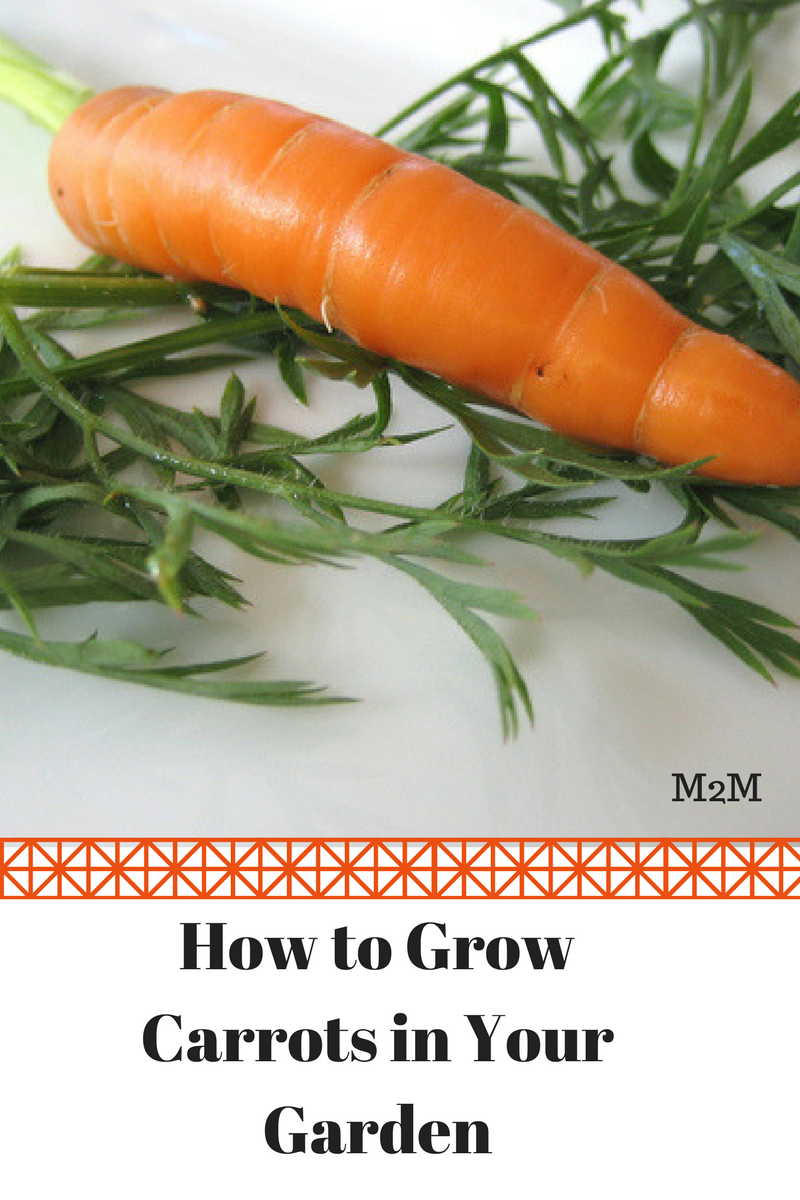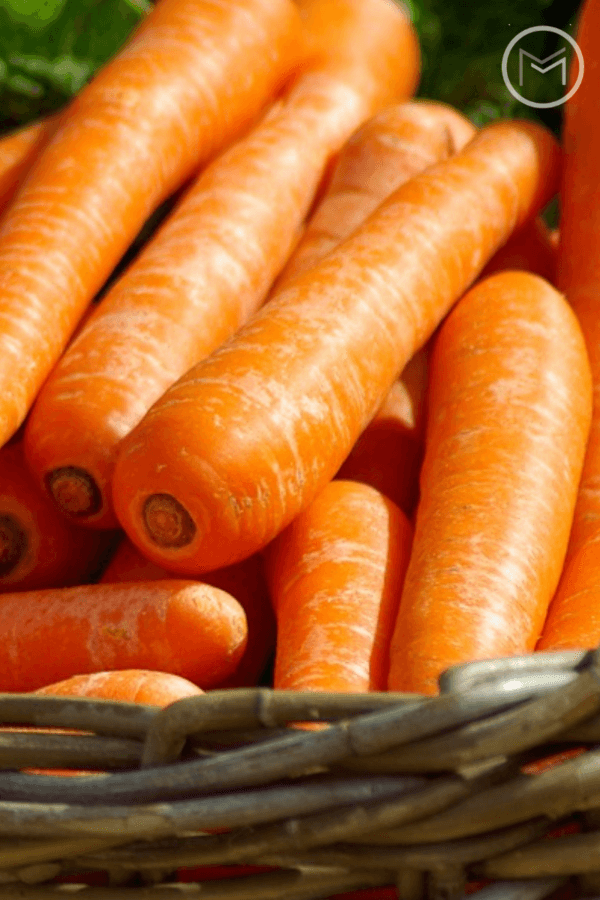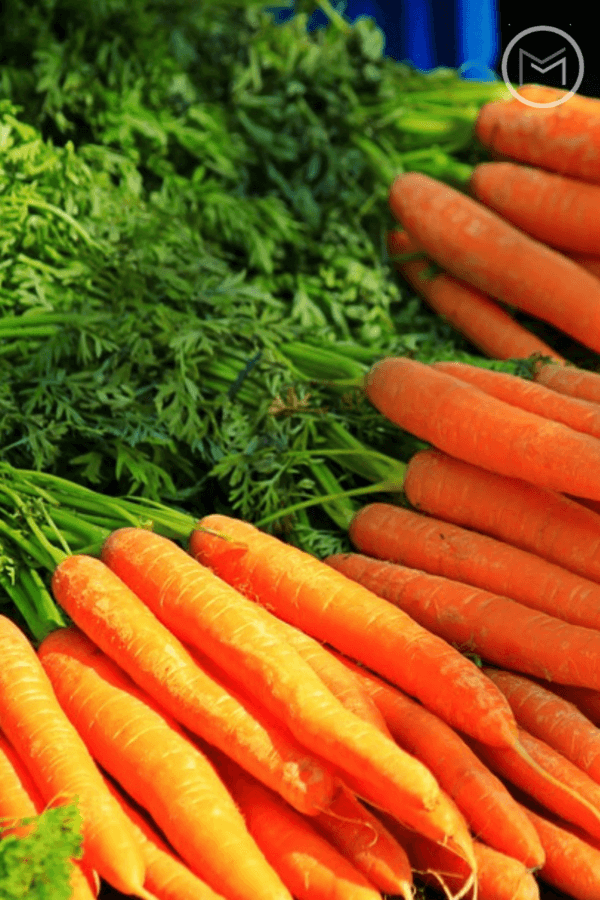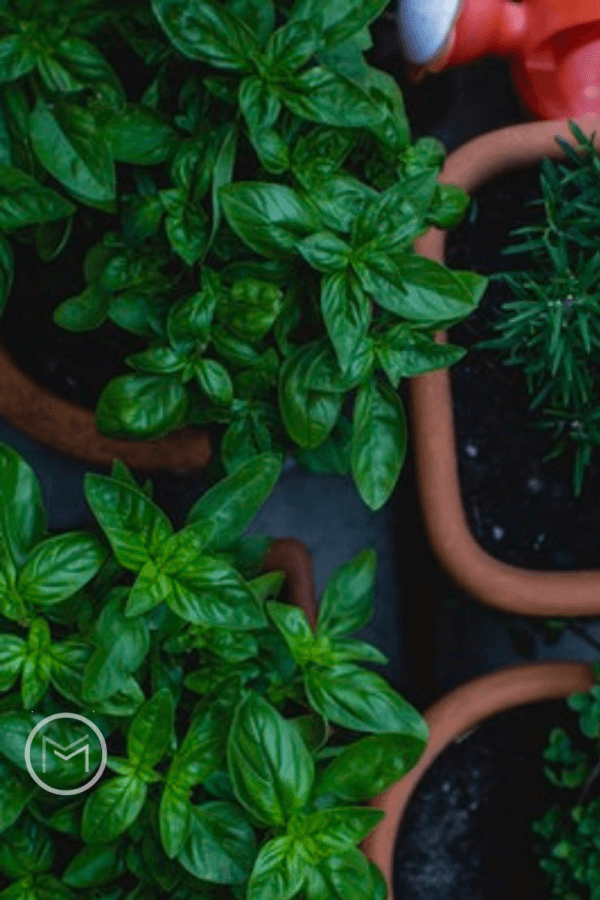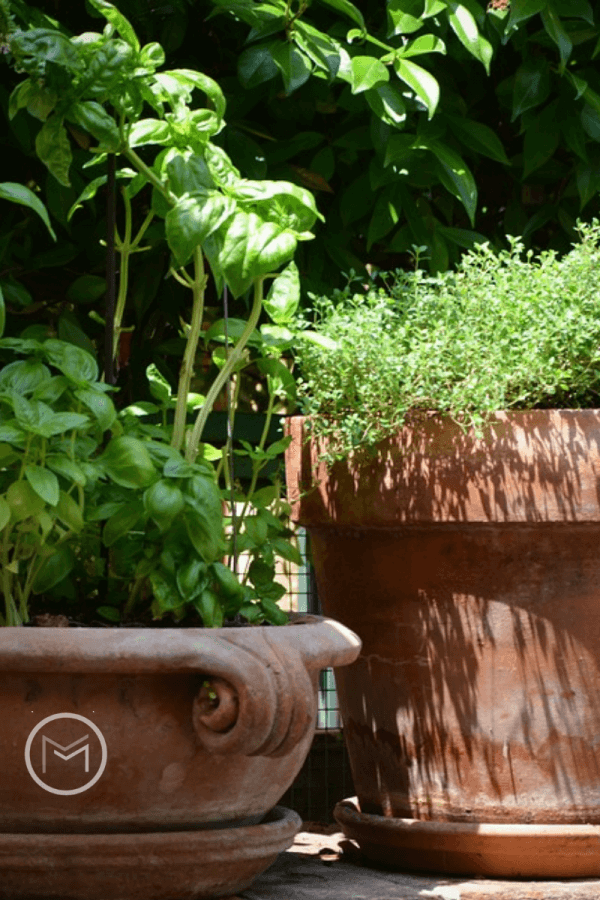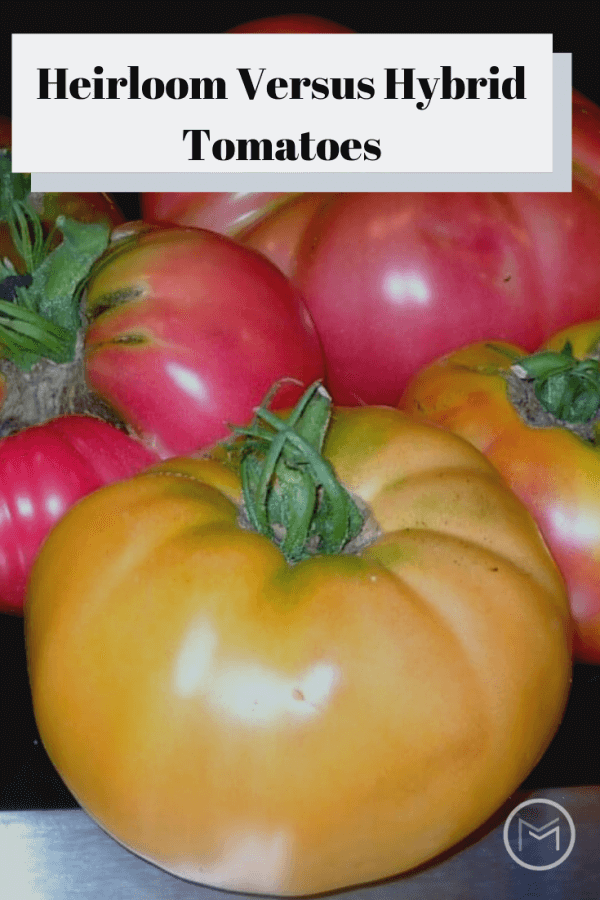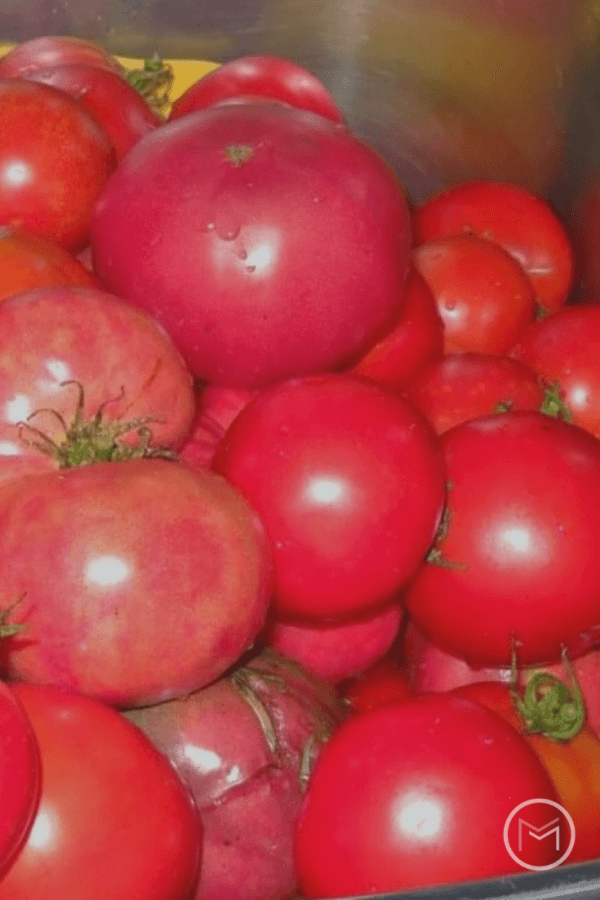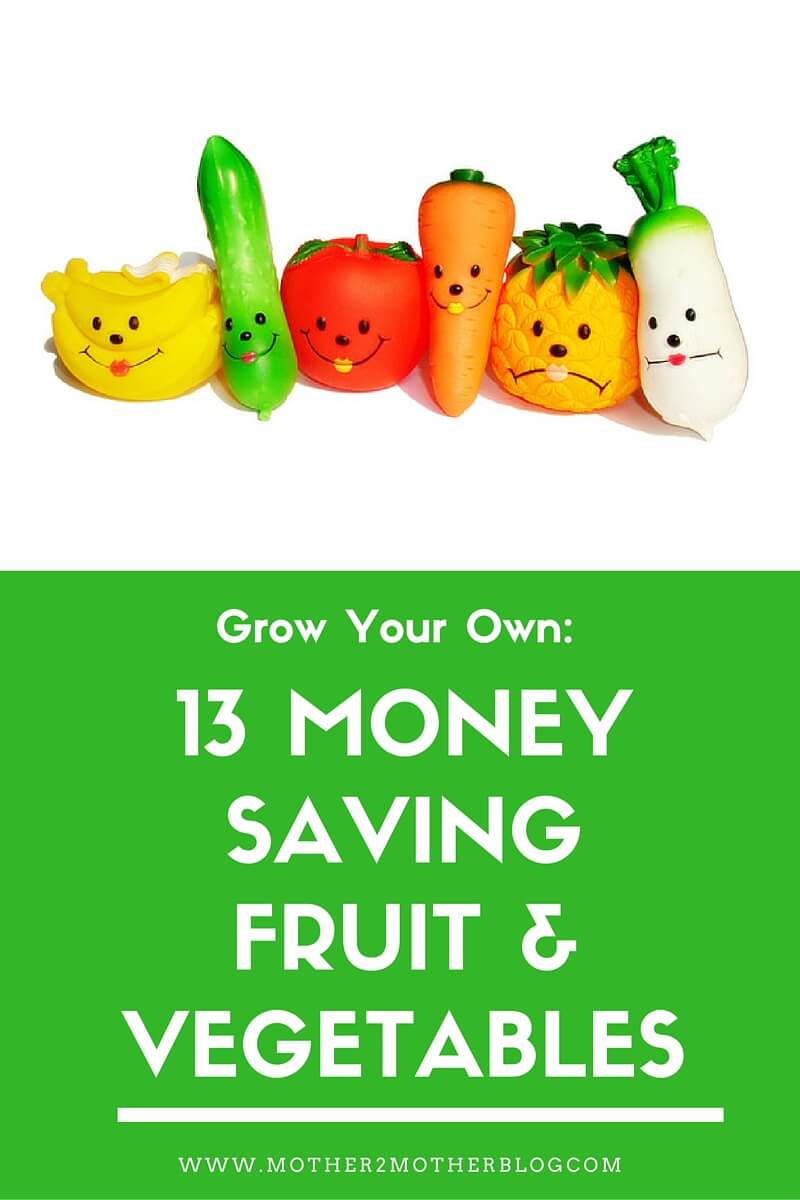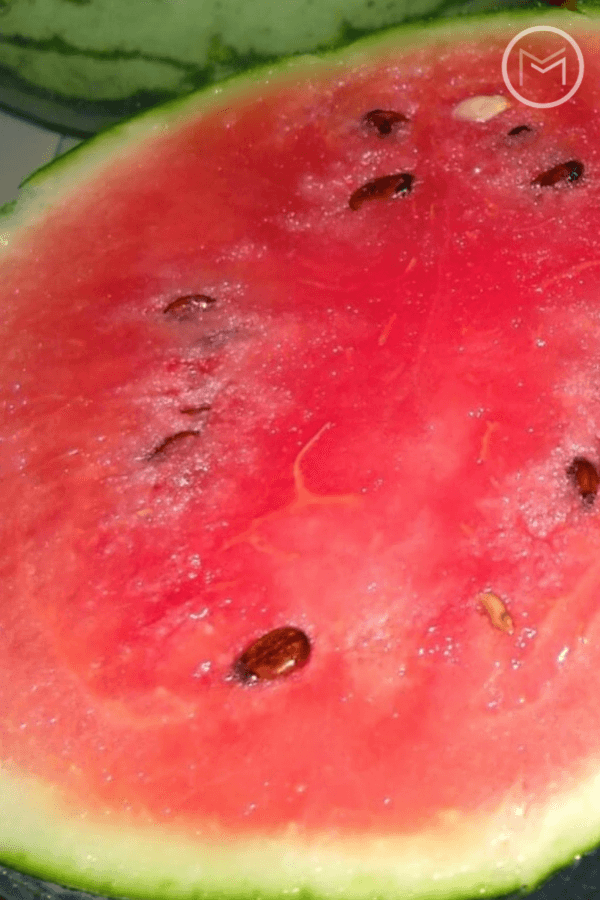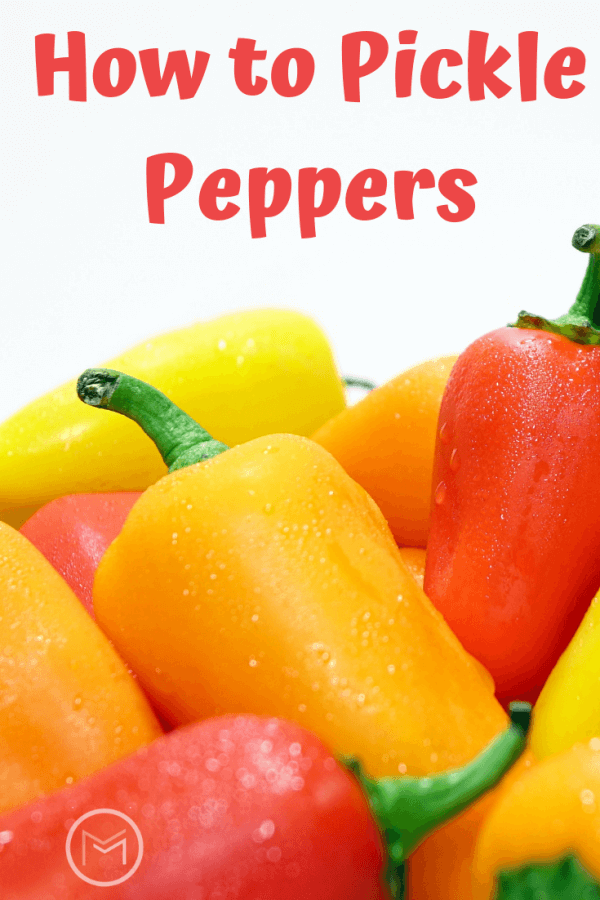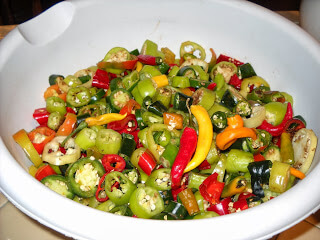Today, I’m sharing tips on preventing blossom end rot. Backyard vegetable gardening can be fun and beneficial to your health. And, there’s nothing better than a backyard garden home grown tomato. Gardeners drool just thinking about the first vine ripen tomato for the BLT, salad or other recipe.
Unfortunately, growing a successful backyard vegetable gardens requires love, care and skill. When we see those black spots on the bottom of our tomatoes, squash, and peppers, it can be devastating.
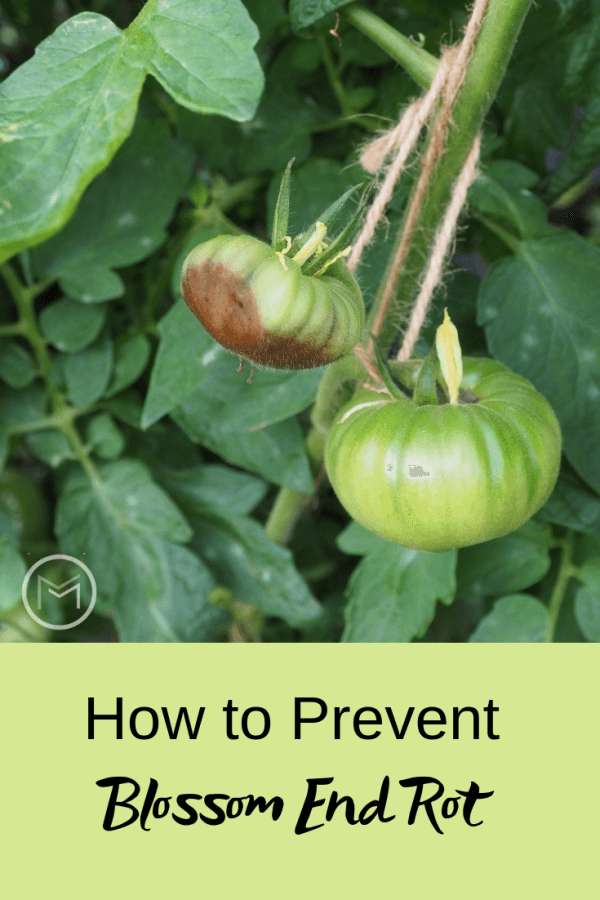
Preventing Blossom End Rot:
In order to prevent blossom end rot, a gardener needs to understand the problem. Blossom end rot is a result of a calcium deficiency. Fortunately, gardeners can take care of the problem before it occurs. Here are few tips that will help you avoid a ruined backyard garden crop:
Prepare your soil before you plant – Test your soil before you plant your garden. Doing a soil test will let you know about any deficiencies. You can purchase a kit or take samples to you local county Extension Office.
Add calcium to your plant – I add eggshells to the bottom of the transplant holes when I plant my tomatoes and peppers. I save eggshells throughout the yard, wash and dry them thoroughly, and crush them to use in the garden. I also use the eggshells to provide calcium for my backyard birds during the spring when they’re laying eggs too.
You can also add Epsom Salt to the tomato and pepper hole before adding your plants too. Once you add the Epsom Salt, cover it with a layer of salt before adding your plants. You don’t want to burn the roots of your plants.
Make sure you don’t over or under water plants – Using a mulch will help maintain an even water level. I use straw to mulch my plants. Dried grass or leaves can also be used.
Stake plants early – When I plant my tomatoes and peppers, I place the cage around them or stake them immediately. This avoids damaging the roots of the plants later.
Avoid damaging your plant’s roots – Avoid using a hoe around your plants once they are planted. Simply removing weeds by hand will suffice.
Work eggshells into the soil around the plants – Work eggshells into the soil around your plant after you transplant it to add a top dressing.
Remember, prevention is the best medicine for a backyard garden. However, checking for early signs on your fruit is key too. If you spot the disease early follow these steps:
Remove the affected vegetables from the plant – Clip the diseased fruit from the plant with a pair of sharp scissors or clippers.
Make a calcium spray – Spray your plants with an organic calcium spray. Mix 2 tablespoons of Epsom Salt to a gallon of water. Use a spray bottle to spray your plants.
I hope you grow a bumper crop of tomatoes this season. You may also like: Favorite Heirloom Tomatoes and Characteristics
